Lynk will start with intermittent text messages and expand from there.
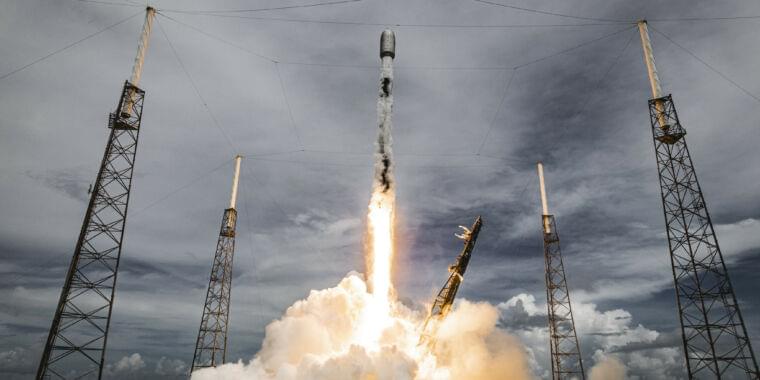

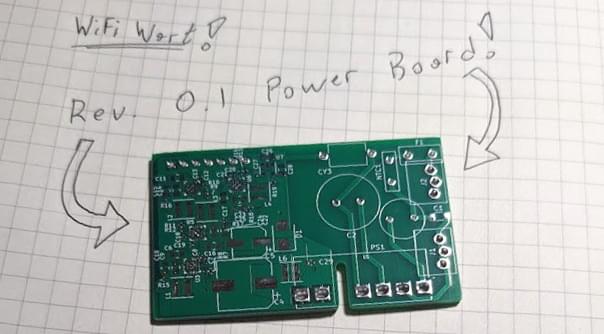
We’ve been eagerly following the development of the WiFiWart for some time now, as a quad-core Cortex-A7 USB phone charger with dual WiFi interfaces that runs OpenWrt sounds exactly like the sort of thing we need in our lives. Unfortunately, we’ve just heard from [Walker] that progress on the project has been slowed down indefinitely by crippling chip shortages.
At this point, we’ve all heard how the chip shortage is impacting the big players out there. It makes sense that automakers are feeling the pressure, since they are buying literally millions of components at a clip. But stories like this are a reminder that even an individual’s hobby project can be sidelined by parts that are suddenly 40 times as expensive as they were when you first put them in your bill of materials.
In this particular case, [Walker] explains that a power management chip you could get on DigiKey for $1.20 USD a few months ago is now in such short supply that the best offer he’s found so far is $49.70 a pop from an electronics broker in Shenzhen. It sounds like he’s going to bite the bullet and buy the four of them (ouch) that he needs to build a working prototype, but obviously it’s a no go for production.
For years now, artificial intelligence has been hailed as both a savior and a destroyer. The technology really can make our lives easier, letting us summon our phones with a “Hey, Siri” and (more importantly) assisting doctors on the operating table. But as any science-fiction reader knows, AI is not an unmitigated good: It can be prone to the same racial biases as humans are, and, as is the case with self-driving cars, it can be forced to make murky split-second decisions that determine who lives and who dies. Like it or not, AI is only going to become an even more omnipresent force: We’re in a “watershed moment” for the technology, says Eric Schmidt, the former Google CEO.
A conversation with the former Google CEO Eric Schmidt.
By Saahil Desai

Epic has developed technology that serves as a digital vaccination verification by binding a person’s identity with their vaccination or lab results and displaying it via QR codes on a smartphone, Wisconsin State Journal reported Sept. 27.
Epic has rolled out technology that serves as a digital vaccination verification by binding a person’s identity with their vaccination or lab results and displaying it via QR codes on a smartphone, Wisconsin State Journal reported Sept. 27.
Seven things to know:
1. The new tech is currently live for 25 million patients, and 70 million to 80 million people will have access to it by the end of 2,022 Nick Frenzer, an Epic implementation executive, told the publication.
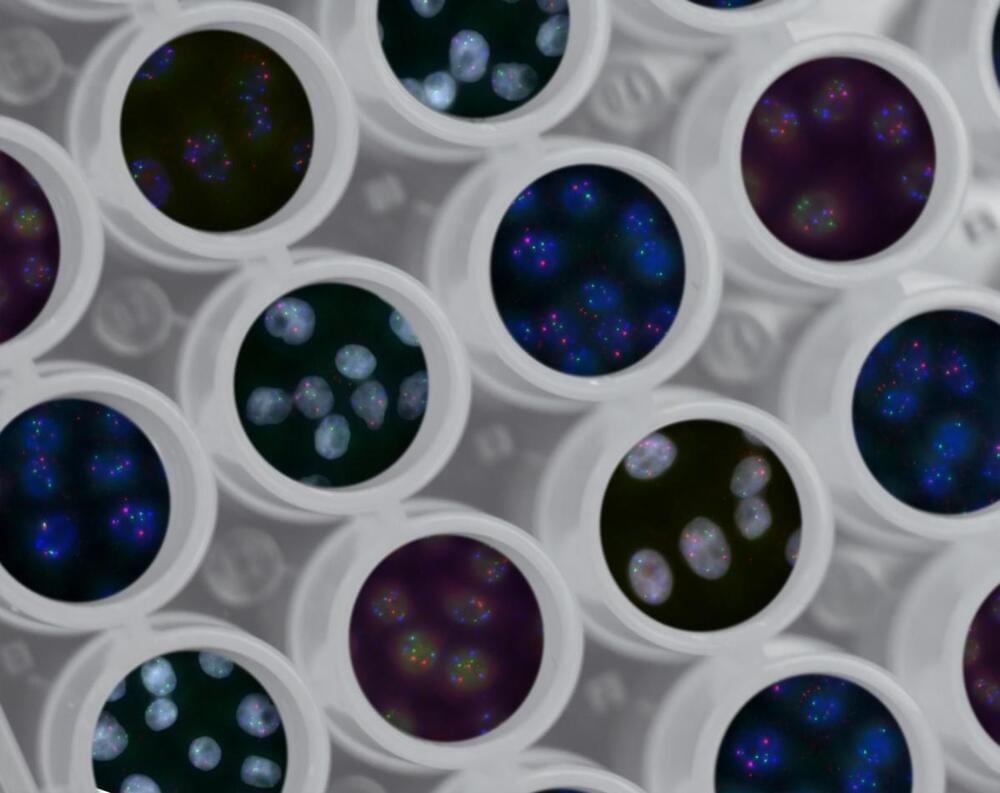
I believe if superintelligence can be digitized into computer code then essentially a microchip could send electrical impulses to one’s brain noninvasive like the microchip that heals from Ohio state and then superintelligence could be attained and the biological wetware could be easily acquire the biological singularity. Much like the moto that Apple has all things digital a new superintelligence attribute could uploaded and the human could evolve or gene edit from a smartphone also the impulse could be non invasive like low level electrical impulse sending data to the brain using existing hardware. We could be as advanced as any exterrestial civilization in a couple keystrokes using existing hardware.
Popular expectations for the future are helplessly colored by present trends. The assumption is always that whatever’s going on now can be safely extrapolated into the future along a linear (or, per Kurzweil, logarithmic) curve. So it was that during the space race, baby boomers took for granted that we’d have fully colonized the solar system by the year 2000.
To use the metaphor of our Information Age, consciousness to humans is as Cloud to computers. Just like your smartphone, your brain is a ‘bio’-logical computing device of your mind, an interface for physical reality. Our minds are connected into the greater mind-network, as computers in the Cloud. Viewed in this way, consciousness is ‘non-local’ Cloud, our brain-mind systems are receivers, processors and transmitters of information within that Cloud. What were the most significant factors in evolution of the human mind? What’s the connection between quantum physics and consciousness? What role does quantum information play in our self-reflective consciousness? What is non-local consciousness? Do our minds create reality? These are some of the most salient questions addressed in this Part II of the documentary.
#consciousness #evolution #mind #documentary #film
By Elizabeth Titovskaya.
“Information is a difference that makes a difference.” ―Gregory Bateson.
The Kidney Project’s implantable bioartificial kidney, one that promises to free kidney disease patients from dialysis machines and transplant waiting lists, took another big step toward becoming reality, earning a $650,000 prize from KidneyX for its first-ever demonstration of a functional prototype of its implantable artificial kidney.
KidneyX is a public–private partnership between the U.S. Department of Health and Human Services (HHS) and the American Society of Nephrology (ASN) founded to “accelerate innovation in the prevention, diagnosis, and treatment of kidney diseases.”
The Kidney Project, a nationwide collaboration led by Shuvo Roy, PhD of UC San Francisco and William Fissell, MD of Vanderbilt University Medical Center (VUMC), combined the two essential parts of its artificial kidney, the hemofilter and the bioreactor, and successfully implanted the smartphone-sized device for preclinical evaluation.
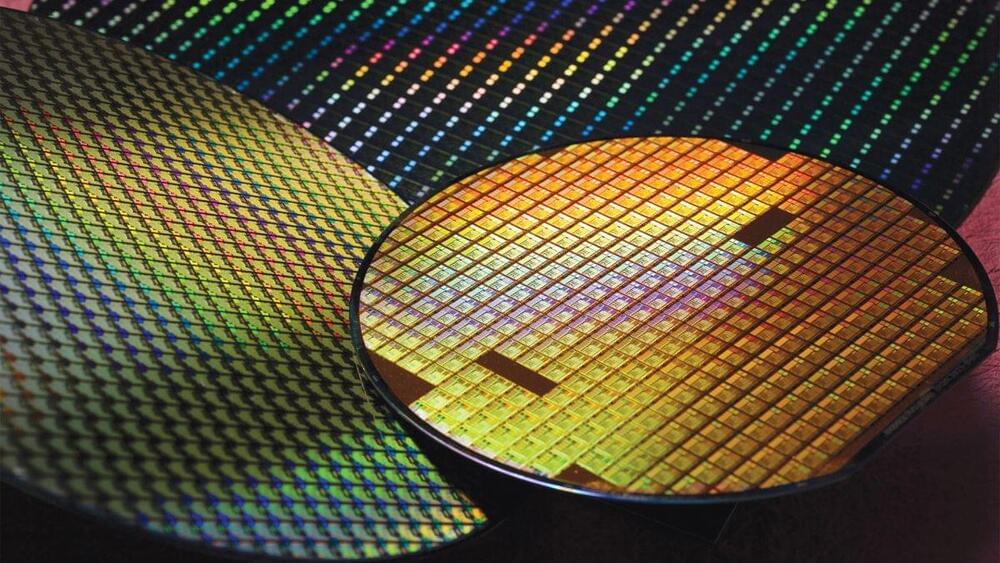

Circa 2006
MIT researchers are putting a tiny gas-turbine engine inside a silicon chip about the size of a quarter. The resulting device could run 10 times longer than a battery of the same weight can, powering laptops, cell phones, radios and other electronic devices.
It could also dramatically lighten the load for people who can’t connect to a power grid, including soldiers who now must carry many pounds of batteries for a three-day mission — all at a reasonable price.
The researchers say that in the long term, mass-production could bring the per-unit cost of power from close to that for power from today’s large gas-turbine power plants.
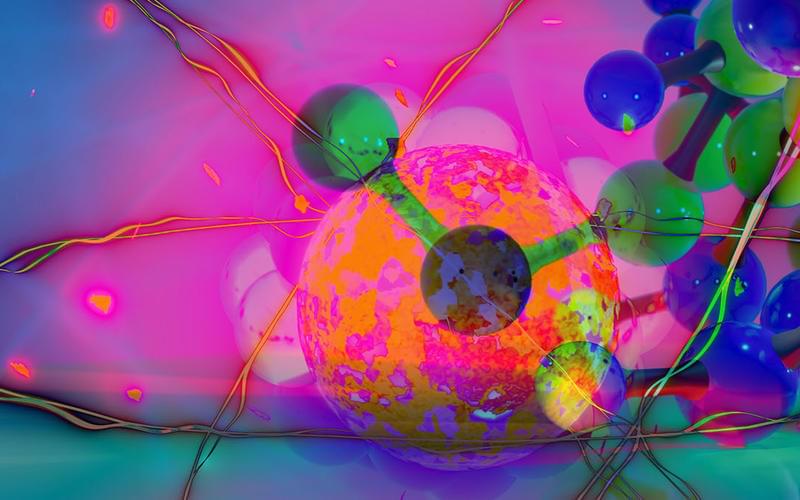
A new interpretation of quantum mechanics sees agents as playing an active role in the creation of reality. Blake Stacey outlines the case for QBism and its radical potential.
The pandemic shut down our university when I was in the middle of giving a lecture. We had been anticipating the possibility for a few days, but it was still impeccable timing. I finished my spiel, out came the phones, and suddenly we weren’t going to see each other post-spring break after all. For the rest of the term, I did what so many teachers found themselves doing: gamely trying to soldier on. I scrounged and borrowed a whiteboard, easel and webcam, set myself up in the nicest light the house had to offer, and did my best to convey graduate-level physics to an audience of tiny rectangles. And like so many other teachers, I learned there’s nothing like a radical change of circumstances for driving one to re-evaluate what the essential ideas of a subject must be.